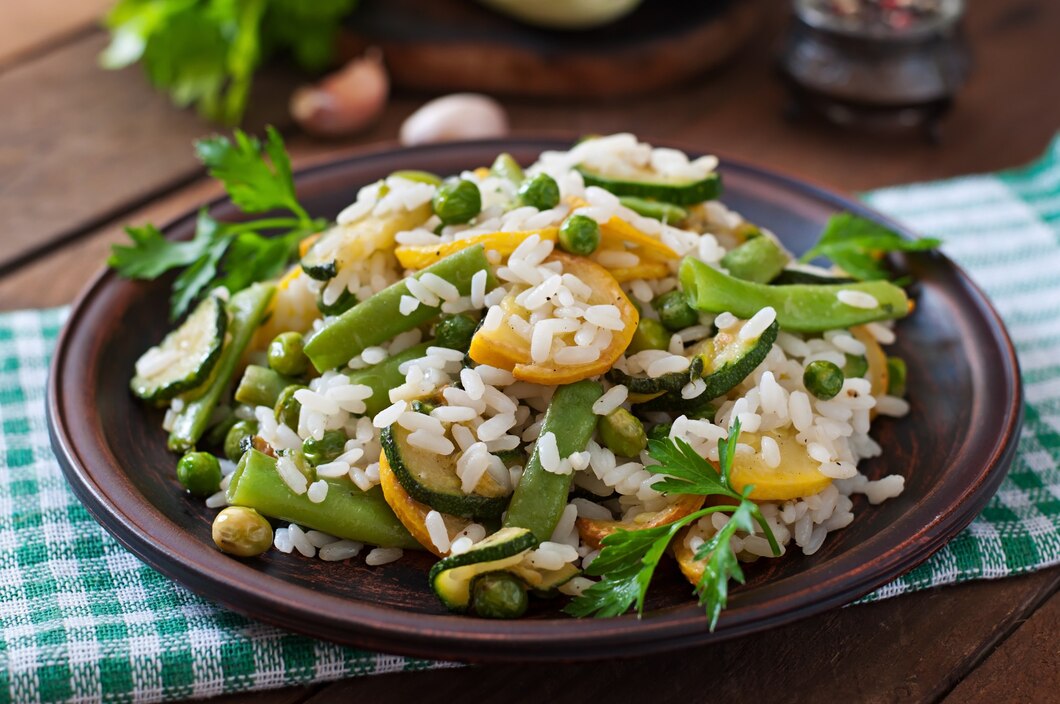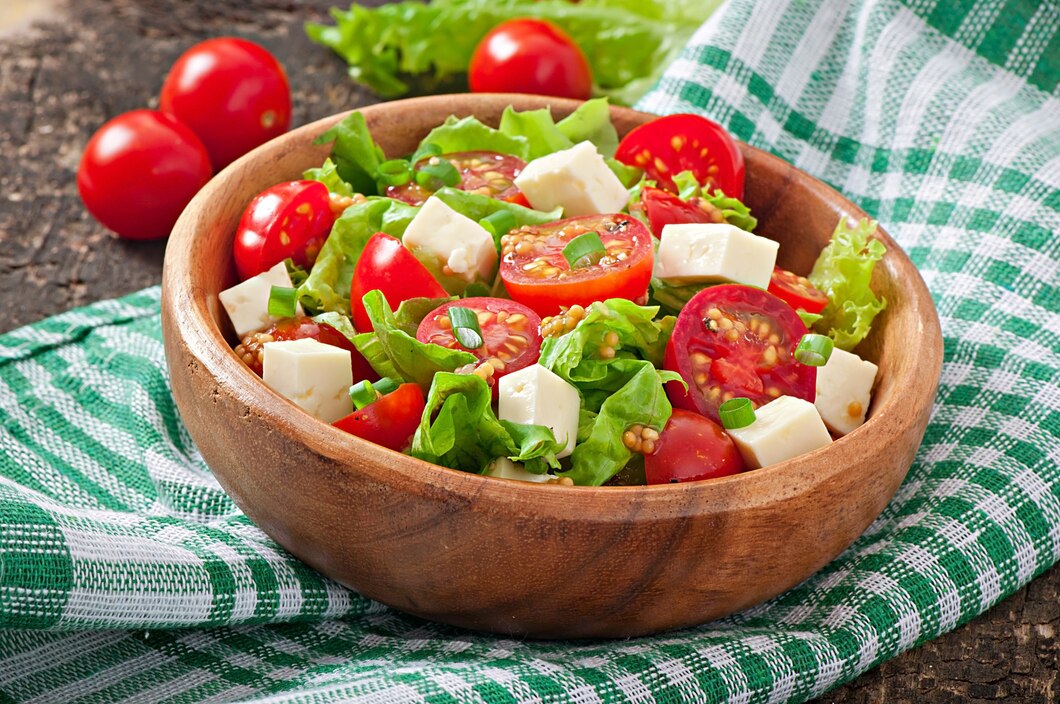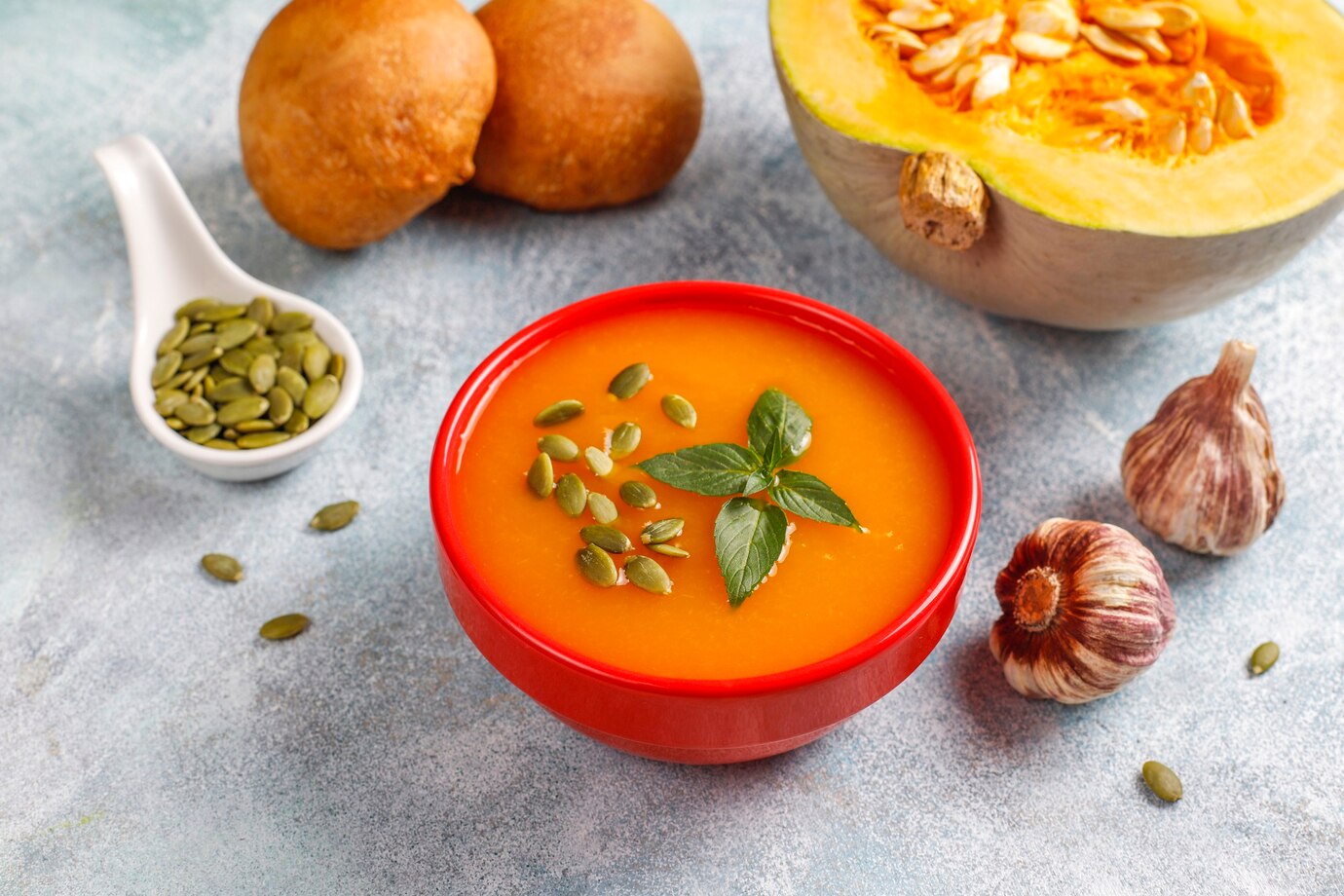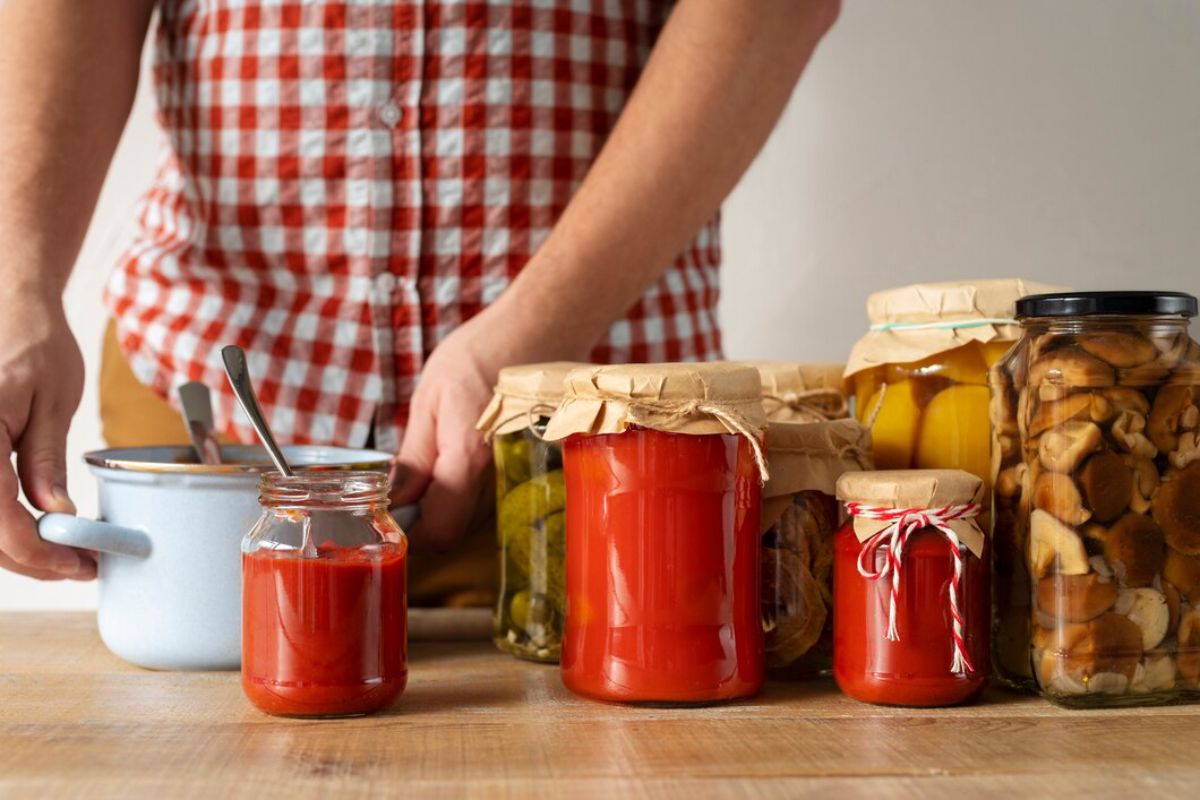
How to Cook with the best Seasonal Ingredients for Maximum Flavour
Cooking with seasonal ingredients is one of the best ways to enhance the taste of your meals while supporting local farmers and reducing your environmental impact. When you choose seasonal cooking, you get the freshest, most flavourful ingredients at their peak, making every dish more delicious and nutritious.
This is one of the best ways to improve the taste of your meals while also helping local farmers and reducing your impact on the environment. Opting to cook seasonally means you are using the freshest, most flavour-packed ingredients at their peak, making every meal more delicious and encouraging more nutritious eating. In this guide, we’ll explore the benefits of cooking with fresh produce, provide tips on choosing the best seasonal ingredients and share practical ways to incorporate them into your everyday meals.
Why Choose Seasonal Cooking?

There are many reasons to cook with seasonal ingredients—and they go far beyond flavour:
- Better Flavour – Fruits and vegetables are picked at their peak, so they taste crisper and fuller.
- Higher Nutritional Value – Harvested produce is more nutrient-dense than out-of-season food.
- Affordable – Since it is in-production and farm-generated, local food is often less expensive.
- Supports Local Farmers – By purchasing seasonal food, it contribute to local agriculture and small businesses.
- Environmentally Friendly – Eating seasonally reduces the need for long-distance transportation, cutting down carbon emissions.
Understanding Seasonal Ingredients
Some foods flourish in certain seasons and not others. Here’s a look at what’s in season at various times during the year:
Spring (March-May)
Spring brings a bounty of tender vegetables and fresh greens. Some top picks include:
- Asparagus – Good for roasts, grill and pasta
- Peas – Great in soups, salads, or just lightly sautéed in butter.
- Spinach – Use it in smoothies, soups and stir-fries.
- Strawberries – Tasty as a fruit, in desserts and breakfast foods.
Summer (June – August)
Summer, along with its bright and juicy produce, is in full swing:
- Tomatoes – Wonderful for salads, sauces, and bruschetta.
- Courgettes – Perfect for grilling, stir-frying or baking.
- Spinach – Use it in smoothies, soups and stir-fries.
- Berries (Blueberries, Raspberries, Blackberries) — which are great for desserts, jams, or breakfast toppings
- Sweetcorn – Wonderful grilled, boiled or in salads.
Autumn (September – November)
This season is full of rustic, introspective produce:
- Pumpkins – Great for soups, pies, and roasting.
- Mushrooms – Wonderful in risotto, or stews, or pasta dishes.
- Apples & Pears – Great for baking, snacking, or compote.
- Root Vegetables (Carrots, Parsnips, Beetroot) – Roast them for a delicious side dish.
Winter (December – February)
Winter offers comforting, nutrient-dense produce:
- Brussels Sprouts – Roast or sauté with garlic and olive oil.
- Cabbage & Kale – Ideal for soups, stir-fries, and salads.
- Citrus Fruits (Oranges, Lemons, Grapefruits) – Great for juicing, salads, and desserts.
- RLeeks – Perfect in soups, pies, and casseroles.
How to Incorporate Seasonal Ingredients into Your Cooking
1. Plan Your Meals Around Seasonal Produce
Check what’s in season before planning your meals. Create a weekly meal plan that highlights fresh, locally available ingredients.
2. Visit Local Markets
Farmers’ markets are a great source of fresh, seasonal food. Talk to vendors about what’s in season now and how to use it.
3. Preserve Seasonal Produce
To savour seasonal ingredients all year long, make:
- Freezing – Freeze your berries, peas, and herbs to use later
- Pickling & Fermenting — Keep cucumbers, cabbage and other veggies.
- Canning & Jamming — Preserve fruits like strawberries and tomatoes for long-term storage.
4. Experiment with Seasonal Recipes
Here are some recipe ideas to get you started:
Spring Recipe: Asparagus & Pea Risotto
Ingredients:
- 1 cup Arborio rice
- 1 bunch asparagus, chopped
- 1 cup peas
- 4 cups vegetable stock
- 1 onion, chopped
- 2 tbsp butter
- ½ cup Parmesan cheese
- Salt & pepper to taste
Method:
- Cook onion in butter until they soften.
- Stir in rice and cook for 1 minute.
- Slowly add the stock, mixing constantly.
- Add the asparagus and peas until the rice is nearly done.
- Add Parmesan, season and serve warm.
Summer Recipe: Tomato & Basil Salad
Ingredients:
- 4 large tomatoes, sliced
- 1 handful fresh basil leaves
- 2 tbsp olive oil
- 1 tbsp balsamic vinegar
- Salt & pepper to taste
Method:
- Lay tomato slices on a plate.
- Sprinkle with fresh basil.
- Drizzle with olive oil and balsamic vinegar.
- With seasoning, serve as a refreshing side dish.
Autumn Recipe: Roasted Pumpkin Soup
Ingredients:
- 1 small pumpkin, peeled & chopped
- 1 onion, diced
- 3 cups vegetable stock
- 1 tsp cinnamon
- ½ cup cream (optional)
- Salt & pepper to taste
Method:
- Cover pumpkin and roast for 25 minutes at 180°C.
- Cook down the onion in a pot, then add pumpkin and stock.
- Simmer for 15 minutes and blend until smooth.
- Add cream, season and serve warm.
Winter Recipe: Lemon & Honey Roast Chicken
Ingredients:
- 1 whole chicken
- 2 lemons, sliced
- 2 tbsp honey
- 3 cloves garlic, minced
- 1 tbsp olive oil
- Salt & pepper to taste
Method:
- Preheat oven to 200°C.
- Drizzle chicken with olive oil, honey, garlic, salt and pepper; rub in.
- Stuff with lemon slices.
- Roast for 1 hour until golden and cooked through.
- Serve with seasonal greens.
5. Grow Your Seasonal Produce
One of the best ways to ensure you have fresh, seasonal ingredients is by growing your own. Even if you don’t have a garden, you can grow herbs, tomatoes, and leafy greens in small pots on a windowsill or balcony. Homegrown produce is free from pesticides, cost-effective, and always at its peak freshness. Seasonal gardening helps you connect with your food. This makes cooking more enjoyable. Fresh ingredients encourage you to try new recipes. You can experiment with flavours, leading to creative and delicious meals all year round.
6. Swap Ingredients Based on Availability
Your favourite ingredient isn’t always in season. You can replace it with a seasonal alternative. For example, in summer, use fresh tomatoes instead of canned ones in your sauces. Use sweet potatoes in soups and stews instead of butternut squash in winter. Ingredient-specific cooking can lead to fresher, tastier and more sustainable meals. Fill your table with new tastes and textures by trying seasonal swaps so that your meals are varied and in harmony with nature.
Enjoy Flavourful Meals With the Best Seasonal Ingredients

Embracing seasonal cooking is a fantastic way to enjoy fresh, flavourful meals while making healthier, more sustainable food choices. By selecting the best seasonal ingredients, you not only enhance the taste of your dishes but also support local farmers and reduce your environmental footprint.
Whether you’re making a light summer salad, a hearty winter soup, or a comforting autumn stew, cooking with fresh produce ensures you get the best flavours and nutrients in every meal.
What are your favourite seasonal ingredients to cook with? Share your thoughts in the comments below!


